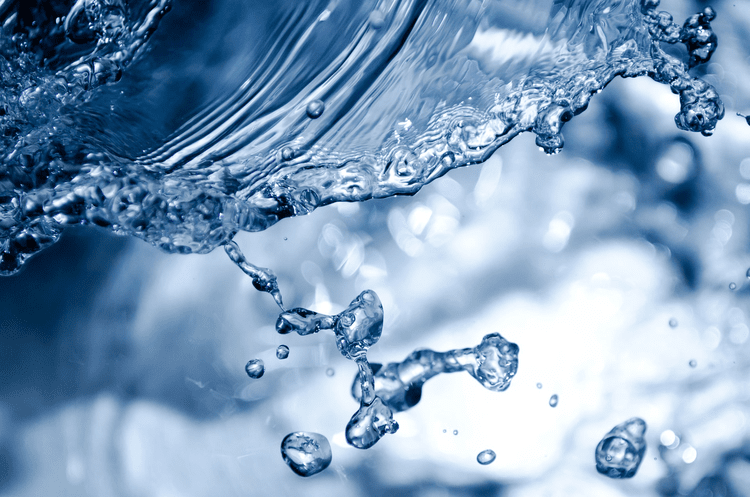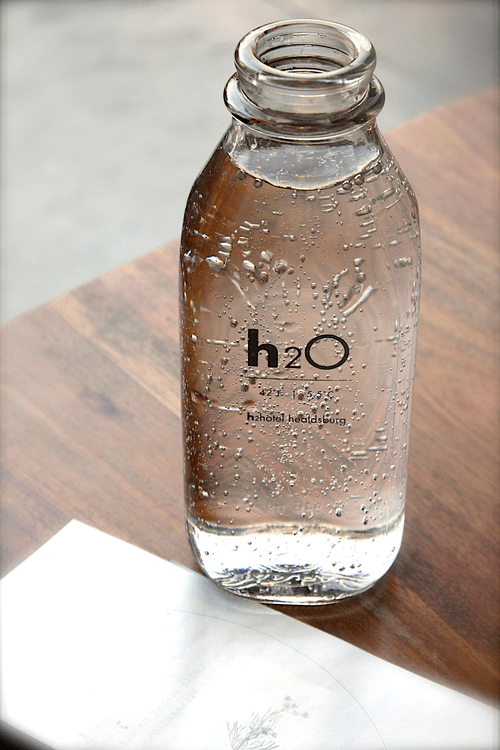Hello, and welcome back to the Mosaic Diagnostics Blog. Today we are talking about water filtration, which is a subject a lot of clients have asked about since we introduced our TOXDetect Profile®. What we have seen through our studies, and those of other labs is that many of the toxins assessed by TOXDetect Profile have been found in many water supplies. Any treatment plan needs to encompass a plan to prevent re-exposure.
I recently reached out to over 12 water filter distributors and manufacturers to learn about the best filtration system for removing volatile organic compounds (VOC’s) from water and why. I was very transparent about the needs of our patients and the company I work for. I also reviewed information provided by The Environmental Working Group, who offers this Water Filter Buying Guide. In addition, I contacted the Industrial Wastewater Management Center, the Department of Natural Resources, NSF Public Health and Safety Organization, and the Environmental Protection Agency. Here is what I learned:
CARBON BLOCK FILTERS
Carbon block is the commercially available standard for removing VOC’s. These very small compounds adhere to a surface of carbon (a process called adsorption) but will not be removed through reverse osmosis, ceramic, deionization, ozone, or ultraviolet light filtration. Factors that affect adsorption include the concentration of the compound, surface area, and the contact time between the water and the carbon. Of these factors, filters control the latter two.
The surface area of the carbon refers to the size of the pores in the carbon filter. This is where the “block” comes in. The filtration companies pack the carbons in very tightly which creates a very small pore size. The smaller the pore size the greater the chance of catching very small molecules like the VOC’s. The pore size of carbon block filters is generally measured in microns and ranges from 0.5 up to 1 micron. This is sometimes also called submicron filtration. These tiny pores also remove lots of other small molecules like bacteria and particulate matter. Our main concern here is the removal of VOC’s because the carbon is the only filtration that will eliminate these compounds. Many other kinds of filters are available to remove the other materials. It’s a bonus but not a big selling point.
The contact time equates to how much water can contact the filter over a given period and directly affects the gallons per minute (gpm) of filtration. Companies intentionally build in methods to restrict the water flow to increase the amount of contact time the water has with the filter. The water restriction lowers the gpm which can slow the water flow. Consumers tend to want higher gpm for greater water pressure but this can affect the removal of contaminants. The size of the filter also influences the removal. So, if you want high water flow (gpm) you need a larger filter that will handle the larger volume. This will cost you a bit more. If budget is your main concern, low gpm is the priority. Whole house filtration systems are not as effective at removing VOC’s because they are geared toward optimizing the water flow, in other words, fast filtration. The size of the filter needed to overcome the pressure drop on whole house filters is cost prohibitive for most people. Several companies do make carbon block filters for your shower head which is a nice option for reducing the VOC contaminants in your shower water. The under-the-sink and counter top units are often called point of use (POU) filters. The industry standard for good carbon block filters is between 0.5 and 1 gpm. The filter size that is needed to accommodate the larger gpm and still remove VOC’s can be deduced by looking at the performance data sheets that companies provide. This is what people should focus on to determine how robust the filter really is.
FILTER SPECIFICATIONS

Understanding filter specifications can be a learning curve in itself. Companies will have third parties test the amount of contaminant coming in (called influent) and the amount going out (called effluent) through a company called NSF. The data sheets do not report the actual effluent, but instead report the “maximum permissible product water concentration” established by the EPA. This number will be the same on all data sheets. This testing is an important factor because we know that the concentration of the compound influences the ability of the filter to adsorb. NSF spikes water samples with a known amount of a compound and then measures the amount that is still in the specimen after filtration. These reports vary considerably and range from very well-organized to quite confusing. Some performance data sheets list these figures as a chart, while others use graphs. The only real difference is the percent reduction. This is the amount that was eliminated during the testing. I have asked multiple companies why they do not provide the actual effluent data and even contacted NSF about this. No one has been able to tell me why they don’t provide the raw data.
FILTER HOUSING OPTIONS
Choosing the housing for your filter is the final step. Most of the companies use stainless steel, aluminum, or polypropylene plastic housing. Polypropylene is considered nontoxic by the Environmental Working Group. However, it can be oxidized when exposed to stress like heat and UV. On top of this, many of our patients have developed severe chemical sensitivity. Once this acute phase has established itself, it can be difficult to predict what the patient will react to. I recommend the stainless steel option to remove any concern about plastic toxicity. Once your water has been filtered, do not store water in a container for more than 24 hours. Without chlorine, the water becomes a target for microbes to take up residency.
TESTING YOUR WATER
Most filtration companies recommend that you have your water tested prior to getting a filtration system so you know exactly what you need. I have focused on single stage filtration designed to remove VOC contaminants. If you have heavy metals or bacterial contamination, you will need a multistage filter that will remove all the other contaminants. To find a laboratory in your area that can test your water, the EPA suggests that you start with your local municipality. I contacted the local water department here in Johnson County, KS to test this theory and they provided me the names of three local laboratories that can test water for contaminants. Only one of these companies responded to my request and they offered to test for 29 VOC’s for $140.

An acceptable level of contamination has not been established for every chemical compound. The VOC’s that do have a limit are listed on pages 257-533 of this document. According to the most current information available on the EPA website, municipal water suppliers must test the water for these VOC’s four times per year. If there are no contaminants reported for three years, the municipality can test just once per year. Municipalities can go a step further and apply for a waiver that exempts them from testing any VOC’s for up to six years. If a contamination is found, quarterly monitoring is required. If the municipality does not comply with this, there are no stated penalties or further requirements, which is a bit disconcerting. If you find that your water exceeds any of these standards, you should report this contamination to your state EPA office.
FINAL THOUGHTS
The company (and person) that was the most helpful to me by far on this journey was Ron at Water2drink.com. All of their filter performance sheets are disclosed here. Individual requirements will vary based on price and available space. If you want my personal opinion for a good filter to remove VOC contaminants, this is a great place to start.



